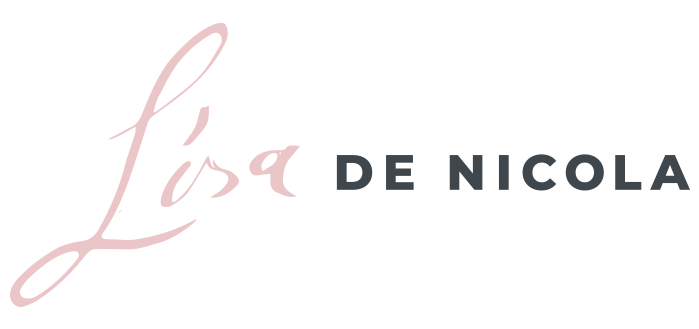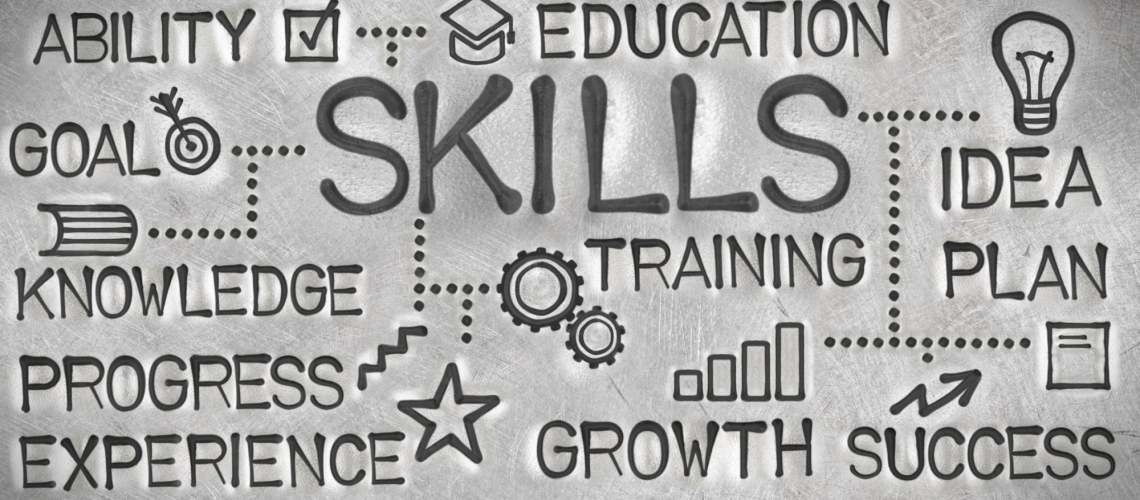In a time of uncertainty and doing business in the unknown, upskilling has jumped a few notches on the scale of priorities. The workforce continues to diversify with multiple generations and in the age of COVID, it’s now illuminated the importance of preparing for the future of work.
If there’s anything this pandemic has brought to light, it’s the race businesses were and still are in to continue to adapt and flex in a turbulent time. Creativity and innovation rose to the surface over the past several months as organizations looked for ways to stay afloat across several industries.
We quickly learned the types of positions considered essential workers. Now, months into a pandemic, we continue to forge ahead, looking into the future of work, which brings a new priority of how to prepare a workforce in an unknown future.
Reskilling and upskilling initially gained the attention of a multi-generational workforce, and in a pandemic where millions have been furloughed, it offers a new perspective for both employers and employees.
Upskilling isn’t just about identifying what skills and jobs to take notice of. It has multiple layers and perspectives which impact all parts of the organization.
From the perspective of an employer, upskilling has become a top priority in order to adapt to economic changes to stay in business and prepare for the future. As an employee, it challenges them to look at their skills in new ways to ensure they remain marketable and employable moving ahead in the future of work.
According to Mercers Global Talent Trends report 2020, globally, reskilling is seen as the top talent activity most capable of delivering a return on investment (ROI) in the eyes of executives. The report also indicates executives believe only 45% of their current workforce is adaptable to the new way of work.
So how do you prepare your workforce for the future of work and where do you start?
- Alignment between HR and leadership – according to Mercer’s report, out of 13 strategic priorities and in contrast to business leaders ranking reskilling as their number one priority, HR ranks reskilling and measuring the skills gap appear to be number 4. Investing in future learning and workforce reskilling. Number 6 – measuring skills gap against business objectives.
It’s fair to say there are multiple priorities when it comes to the future of work and talent. Getting aligned on reskilling your workforce will be important at the onset of succession planning for the future.
- Identifying relevant and important skills – as you consider the state of your business and what’s required to thrive tomorrow, how do you determine what skills are critical and which to invest in? Consider all skills when deciding which are most important and relevant for today and tomorrow. An overvalue of technical and hard skills can leave softer skills such as an entrepreneurial spirit, creativity or agility to name a few overlooked.
- Understanding the current skillset in your workforce – part of identifying which skills to measure and invest in is knowing the skill set of your current workforce. Department by department, employee by employee, who is skilled at what? What are the areas of opportunity? What do you need more of? What’s the gap in your business? A few starting questions to explore and an important part of investigating what you have vs. what you need for today and tomorrow.
- Aligning existing skills in your workforce to future needs – when you know what the skill set looks like in your workforce, it’s easy to then identify what’s needed and apply to a talent strategy. This also ties into identifying those who need reskilling. The talent pool and workforce will continue to evolve. Looking at external talent with a lens that keeps top skills front and center allows you to plan strategically and with confidence when you’re preparing for tomorrow.
- Investing in upskilling & reskilling – now you know what your workforce’s skill set is and what you need, how will you approach upskilling and reskilling? There are multiple sources when it comes to upskilling from training your existing employees to hiring talent that already has the skills you need. All of which takes an investment of time and money. Exploring your options and deciding what you’re willing to invest in is important. It will also be telling to your workforce, particularly for those employees who are eager to upskill to stay relevant.
Adapting to an evolving workforce while leading an organization in an unknown future, challenges leadership to look at their people with a more heightened focus.
A people-first culture includes planning for the future of work with your employee’s top of mind. This means providing opportunities that offer meaningful work and supporting their learning so they can be a part of tomorrow.
When it comes to upskilling, what skills are you prioritizing as you plan for the future?
I’d love to hear your thoughts, please share them in the comments below.
As you plan for the future of work and evaluate your talent strategy, I’d love to support you. Click here to schedule a time to connect and let’s see how we can work together.
Big love,
Lisa 💖






